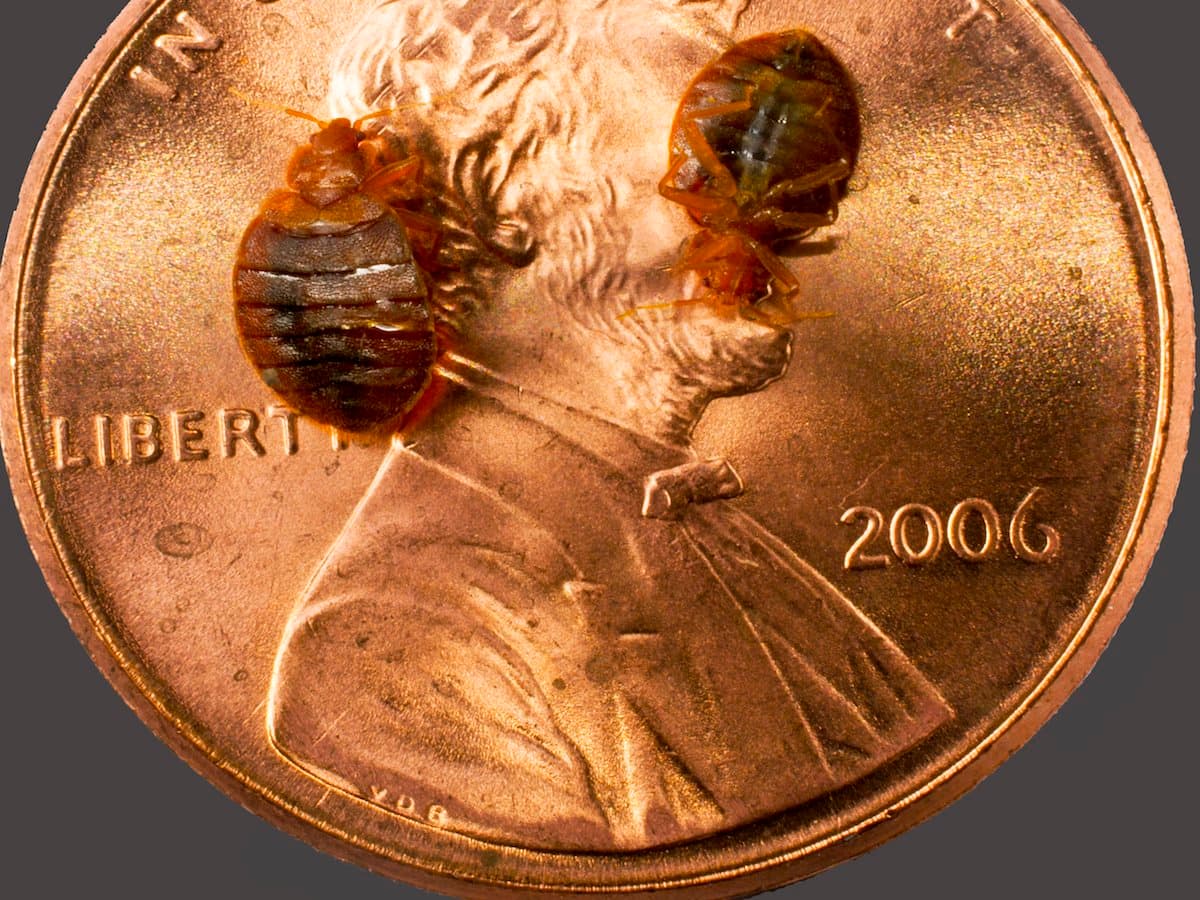Reputable A1 Bed Bug Treatment Houston - Proven Methods
Wiki Article
Recognizing the Lifecycle of Bugs for Targeted Control Techniques
Understanding the lifecycle of pests is a basic element of effective pest monitoring methods. By comprehending the various phases of advancement that pests undertake, a much more targeted and accurate technique can be embraced to regulate their populaces. This knowledge not just drops light on the vulnerabilities within the bug lifecycle but additionally paves the way for carrying out tactical actions that can disrupt their development and reproduction cycles. Through a much deeper understanding of how bugs develop and grow, tailored control approaches can be created to address certain factors in their lifecycle, eventually resulting in even more successful bug management results.Relevance of Understanding Insect Lifecycle
Recognizing the lifecycle of parasites is important for establishing reliable and targeted control strategies in insect administration. By understanding the numerous phases a pest goes with from egg to adult, bug control specialists can recognize vulnerable points in the lifecycle where intervention can be most successful. For circumstances, recognizing when larvae are most energetic can aid determine the optimal timing for applying larvicides. Furthermore, comprehending the life-span of a parasite varieties can assist in forecasting populace development patterns and possible problem threats.Moreover, identifying the details ecological conditions necessary for each phase of the bug's lifecycle can assist decisions on habitat alteration or exemption techniques to disrupt the lifecycle and reduce insect populations. This understanding makes it possible for pest management experts to execute proactive actions instead than depending solely on responsive treatments, resulting in even more lasting and long-term pest control remedies. Eventually, an extensive understanding of pest lifecycles encourages insect control practitioners to customize their techniques properly, lessening environmental effects and taking full advantage of control outcomes.
Trick Stages in Parasite Development
To properly apply targeted control strategies in insect administration, a vital facet exists in comprehensively identifying and understanding the essential stages in bug advancement. Bug growth commonly is composed of several key stages that are essential for their lifecycle and management.

Susceptabilities in Parasite Lifecycle
Throughout the various phases of a parasite's lifecycle, unique susceptabilities emerge that can be tactically targeted for reliable control steps (A1 A1 Bed Bug treatment houston Bed bug exterminator houston LLC). One important susceptability lies in the egg stage, where parasites are frequently a lot more at risk to certain insecticides or biological control representatives due to their soft external shell, making them less complicated targets for intervention. Comprehending these susceptabilities in the parasite lifecycle is important for establishing specific and efficient control approaches that effectively manage insect populaces while lessening ecological influence.Implementing Targeted Control Steps

Carrying out targeted control measures usually entails a multi-faceted method. This might consist of habitat adjustment to make the setting less congenial to parasites, such as removing standing water for mosquito control or securing access points for rodents. Furthermore, organic control methods can be utilized, where all-natural killers or pathogens are introduced to keep bug populaces in check.
Integrated Insect Management (IPM) strategies that incorporate numerous control procedures in a collaborated and sustainable manner are usually the most reliable in accomplishing long-term pest monitoring objectives. By executing targeted control measures based on a thorough understanding of parasite lifecycles, bug populations can be effectively regulated while reducing risks to human wellness and the atmosphere.
Enhanced Parasite Administration Practices

Furthermore, the unification of biological control representatives, such as natural killers or microorganisms of pests, can help in reducing dependence on chemical pesticides and promote an extra balanced ecosystem. Carrying out physical barriers and catches can also become part of enhanced bug management techniques, offering safe and targeted solutions for bug control. Additionally, the usage of pheromones and other semiochemicals can interfere with pest mating patterns and interaction, leading to minimized parasite populations with time.
Conclusion
By recognizing key stages in pest development and vulnerabilities in their lifecycle, targeted control procedures can be carried out to decrease parasite populaces. Boosted pest management practices can help reduce the reliance on broad-spectrum pesticides and promote more eco pleasant and lasting parasite control approaches.Recognizing the lifecycle of parasites is crucial for creating reliable and targeted control approaches in bug administration. By understanding the different stages a pest goes through from egg to grownup, parasite control specialists can determine prone points in the lifecycle where intervention can be most effective. Inevitably, a detailed understanding of parasite lifecycles equips insect control specialists to tailor their approaches successfully, maximizing and decreasing ecological impacts control outcomes.
By applying targeted control procedures based on an extensive understanding of pest lifecycles, parasite populations can be properly controlled while lessening risks to human health and wellness and the setting.
By determining vital phases in pest growth and vulnerabilities in their lifecycle, targeted control measures can be carried out to reduce parasite populations.
Report this wiki page